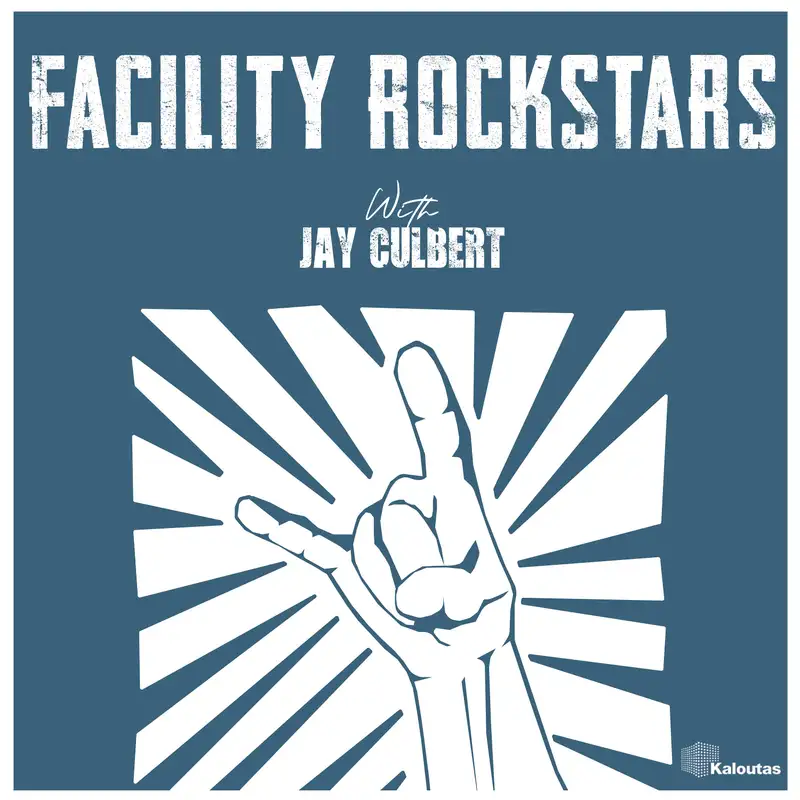The Sweet Success of Hands-On Maintenance Management | Bruce Boyd
Bruce Boyd, the Director of Engineering and Maintenance at Sconza Candy Company, to discuss his extensive experience in the wine and candy industries. Bruce shares his most significant lesson learned: you cannot effectively manage a maintenance department from a desk. He details his journey from managing a large, unionized team at E&J Gallo Winery to his current role, emphasizing the importance of being on the floor to support the team, understand the challenges firsthand, and build strong relationships. The conversation covers the critical role of a skilled maintenance planner, strategies for developing talent through apprenticeships, and the power of empowering technicians to drive continuous improvement. Bruce also provides a candid look at managing MRO parts inventory, the challenges of implementing large-scale change, and the necessity of having "managerial courage" to align with leadership on what success truly looks like.
Takeaways:
- Lead from the Floor: The most critical lesson for maintenance managers is to get out of the office and be present on the floor. Direct interaction with team members is essential for providing support, understanding issues, and avoiding the misinterpretations that can happen through texts and calls.
- Develop Talent from Within: Facing a shortage of skilled trade workers, creating apprenticeship and internship programs with local trade schools and high schools is a powerful way to build a talent pipeline. Promoting from within fosters loyalty and taps into existing potential.
- A Good Planner is a Game Changer: An effective maintenance planner, especially one with a background in manufacturing and maintenance, is crucial. They ensure work orders are clear and detailed, which helps supervisors audit work and drives efficiency, acting as a quarterback for the team.
- Build Confidence to Right-Size Inventory: Maintenance technicians often hoard parts in their toolboxes when they lack confidence in the storeroom's inventory. To solve this, focus on building a reliable MRO system, understanding the frequency of use, and empowering a parts buyer to ask clarifying questions rather than just fulfilling orders.
- Empower Technicians as CI Engineers: Treat maintenance technicians as continuous improvement engineers. Encourage them to look beyond the immediate task on a work order to inspect upstream and downstream, identify potential future failures, and educate machine operators to prevent recurring issues.
- Exercise Managerial Courage: It is vital to have open and sometimes difficult conversations with your own managers about expectations. Clearly articulate what the department needs to succeed and ensure there is alignment, even if it means questioning initial directives like "reduce inventory" by asking "how do you know it's not right-sized already?".
- Manage Change with Consistent Communication: When implementing significant organizational changes, such as restructuring PM and troubleshooting teams, dedicating enough time for consistent communication is paramount. Gaps in communication allow team members to form their own interpretations, which can sink the initiative.
Quote of the Show:
- “No matter how big your department is specifically around maintenance, you can't manage it from your desk. You have to be out on the floor.”
Links:
- LinkedIn: https://www.linkedin.com/in/bruce-boyd-b6441114/
- Website: https://sconza.com/
- Email: nkaneboyd@yahoo.com
Shoutouts:
- EJ Gallo Winery: https://www.gallo.com/
Ways to Tune In:
- Spotify: https://open.spotify.com/show/0M2XB78b09i5vkWy1eHsxb
- Apple Podcasts: https://podcasts.apple.com/us/podcast/facility-rockstars/id1729458441
- Amazon Music: https://music.amazon.com/podcasts/60bbc4f3-a123-47ca-9a83-eade102c5859/facility-rockstars
- Podchaser: https://www.podchaser.com/podcasts/facility-rockstars-5616662
- YouTube: https://youtu.be/ASGidlj0nOw
- Facility Rockstars Newsletter: https://subscribe.kaloutas.com
Facility Rockstars is sponsored by Kaloutas, operating the way you operate in order to make your life easier. Learn more at: https://www.kaloutas.com
Creators and Guests



